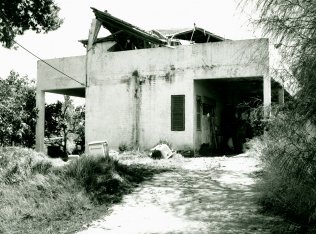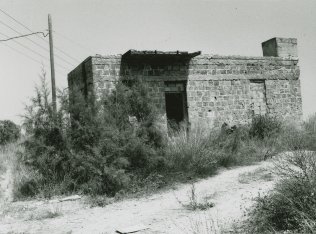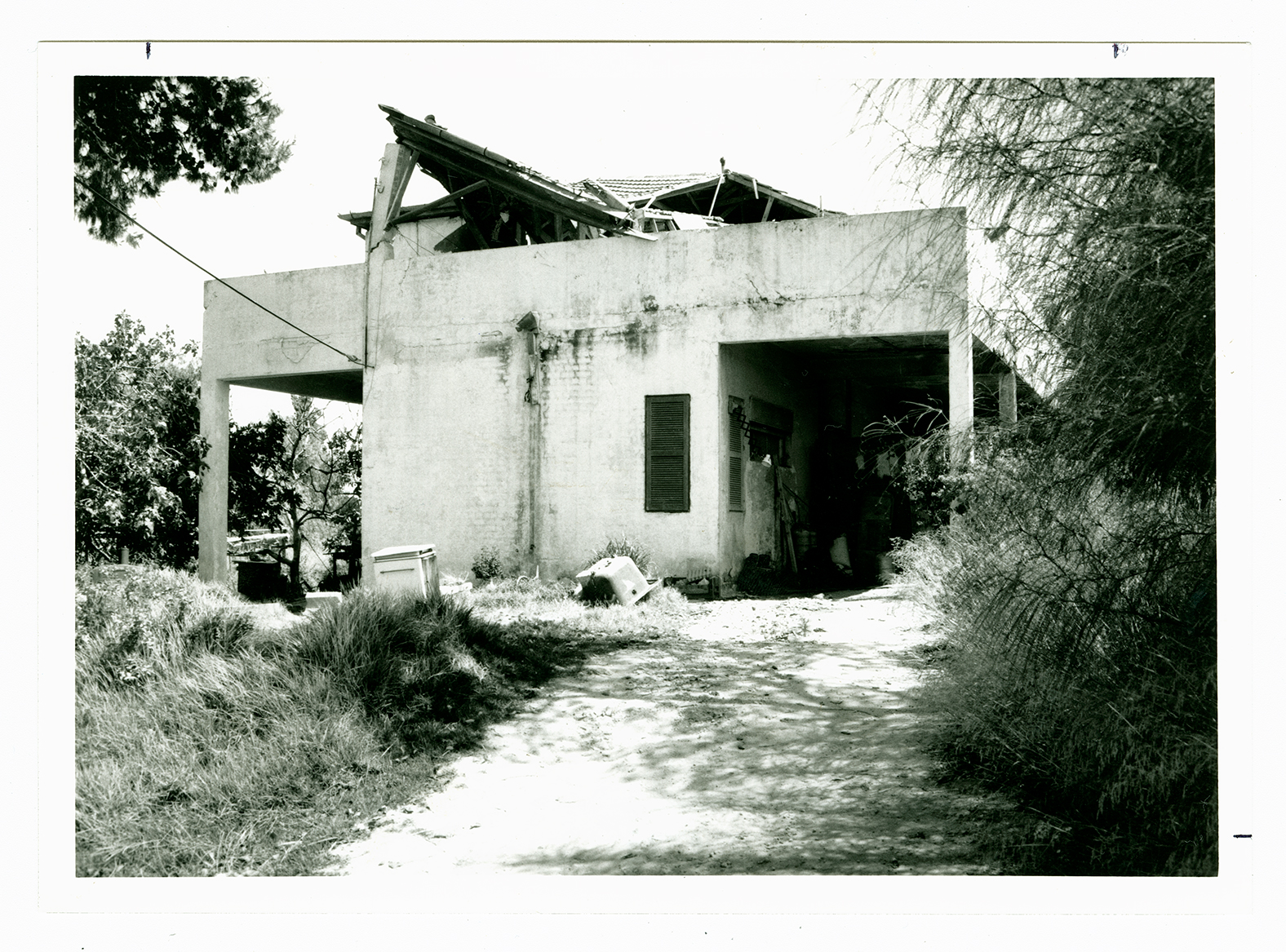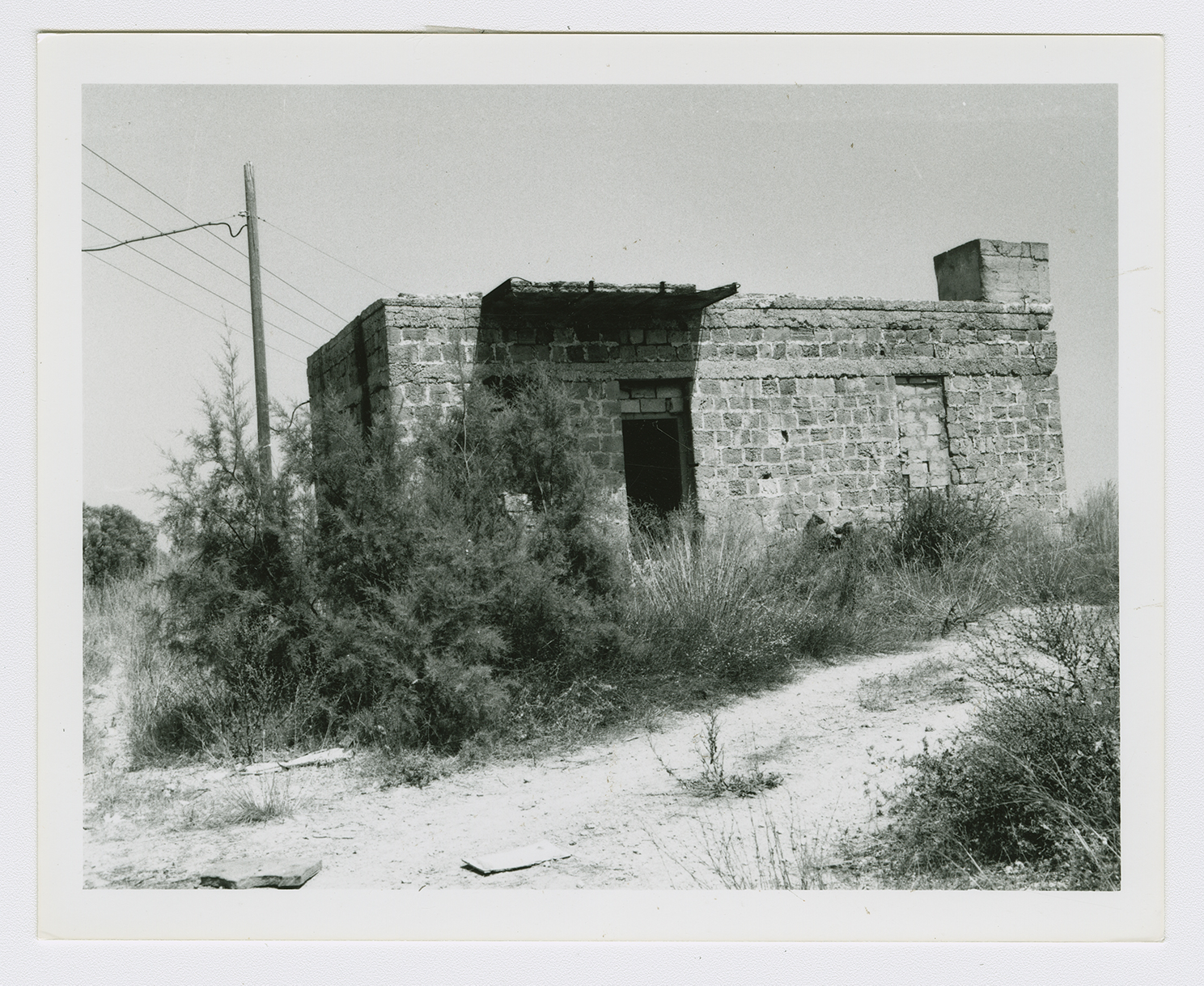The village was situated on level ground in the coastal plain area, some 7 km from the Mediterranean. A secondary road linked it to the coastal highway, which gave it access to Gaza as well as to the urban centers in the north. It is likely that Barqa was built on the site of the Greek town of Barka, which the Romans called Bareca. Barqa was irregular in outline. Its houses―made, for the most part, of adobe brick―were close together, separated only by narrow alleys. The villagers were Muslim, and around the village mosque were a number of tombs that they referred to as the tombs of Shaykh Muhammad, Shaykh Zarruq, and the prophet (al-nabi) Barq. Small shops were located at the village center. The children attended school in the adjacent village of al-Batani al-Gharbi . Agriculture constituted the mainstay of the economy, which combined basic staples such as grain and vegetables with fruits, especially citrus. In 1944/45 a total of 667 dunums was devoted to citrus and bananas and 3,898 dunums were allotted to grain; 47 dunums were irrigated or used for orchards. The village residents drilled several wells for irrigation, although agriculture remained largely rainfed. Barqa contained Greek relics, including a well, stone carvings, and fragments of pottery.



